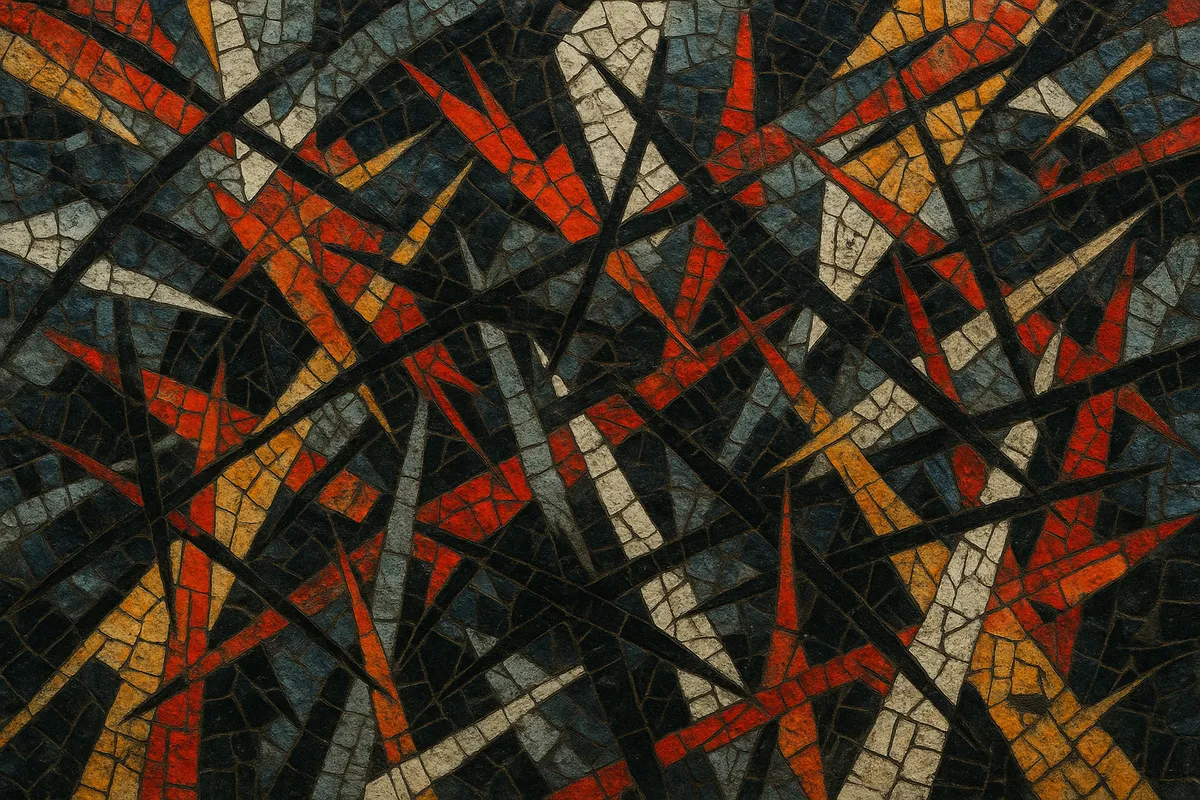Free noise is a strain of noise music rooted in the spontaneity and risk-taking of free improvisation and free jazz.
It emphasizes texture, density, feedback, and non-idiomatic playing over melody, meter, or harmony, often favoring live, single-take recordings that capture raw interaction and room acoustics.
Compared with more programmatic or sequenced noise, free noise treats sound as a collectively sculpted event—saxophones howling into amplifiers, contact mics feeding back, drums and junk percussion exploding in arrhythmic bursts, and electronics pushed to instability.
The result can swing from microscopic crackle to full-spectrum saturation, from silence to overwhelming volume, privileging process, immediacy, and physical presence.
Free noise emerges where the free improvisation and free jazz traditions intersect with the nascent noise underground. U.S. and Japanese artists began pushing acoustic and electric instruments into feedback and saturation, informed by the energy of no wave and the tape-collage ethos of experimental and electroacoustic scenes. Early torchbearers like Borbetomagus (USA) and Hijokaidan/Incapacitants (Japan) treated improvisation itself as a noise generator, blurring lines between ensemble performance and electronic mayhem.
During the 1990s, the approach cohered in DIY circuits across the United States, New Zealand, and Japan. The Dead C (NZ) folded free noise into decayed rock frameworks, while U.S. micro-scenes (Michigan, Rhode Island’s Fort Thunder) nurtured groups and projects that favored on-the-spot creation, cheap gear, and high-volume shows. Cassette and CDR culture (American Tapes, Hanson, Chocolate Monk, Ecstatic Peace!, and others) enabled fast circulation and documentation of ephemeral performances.
In the 2000s, noise festivals such as No Fun Fest in New York spotlighted international strains of free noise alongside harsh noise and power electronics, cementing cross-pollination among scenes. Wolf Eyes, Hair Police, and Yellow Swans brought improvised volatility to larger audiences without sacrificing the music’s unstable edge. The aesthetic broadened: from maximal feedback squalls to near-silent, Onkyo-adjacent minimalism.
Today, free noise persists as a practice more than a fixed style. It lives in small rooms, artist-run spaces, and experimental venues, often documented on cassettes, minidiscs, phone mics, and room mics. Modular synths, no-input mixers, prepared instruments, and contact-mic’d objects extend the vocabulary, but the core remains the same: collective, high-stakes listening and decisive action in sound.


